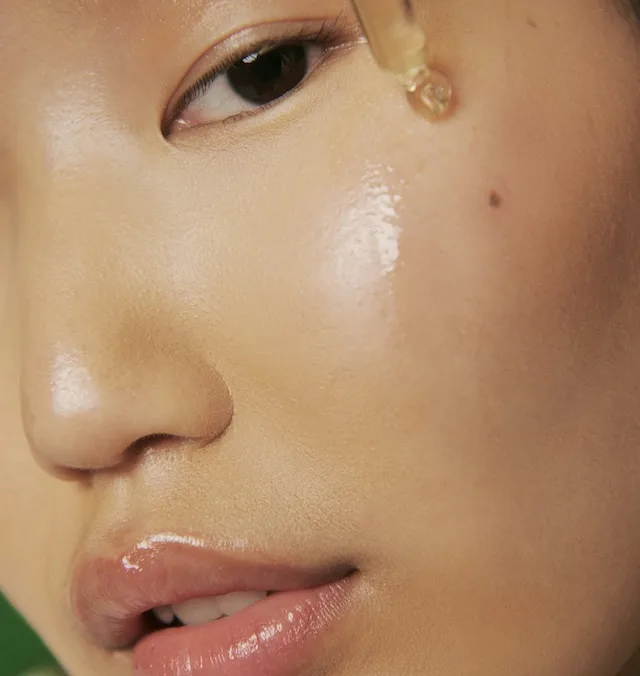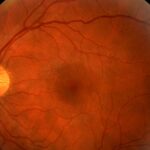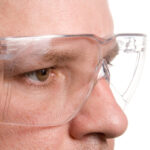On a GLP-1 and noticing an improvement in your skin? You’re not dreaming…here’s why!
GLP-1 medications like Ozempic, Wegovy, and Zepbound have gained massive popularity over the years for their powerful ability to regulate blood sugar and support weight loss. But beyond managing type 2 diabetes and obesity, researchers are uncovering a surprising new benefit: a connection between GLP-1s and skin health.
From potential improvements in inflammatory skin conditions to common side effects—and even nutrition products that support the skin-GLP-1 connection—here’s what emerging research is revealing about how these medications might impact your skin, from the inside out.
What Is GLP-1 and How Does It Work?
GLP-1, short for glucagon-like peptide-1, is a hormone that helps keep blood sugar, insulin, and appetite in check. Medications that mimic GLP-1 were initially prescribed to treat type 2 diabetes—but these days, they’re also popular for weight loss.
But beyond the pancreas and gut, GLP-1 receptors are also found in other parts of the body—including the skin—hinting at unexpected effects on skin health and appearance.
Skin Side Effects: What to Watch Out For

First, let’s talk about the adverse impacts of GLP-1 meds on the skin: While they are typically mild, they’re still worth knowing:
- Injection-site reactions: Redness, swelling, or itching where the medication is injected.
- Hypersensitivity responses: Allergic reactions such as hives or rashes.
- Pruritus: Chronic itchiness that can range from mild to uncomfortable.
- Immune-mediated skin disorders: Some patients with conditions like psoriasis or hidradenitis suppurativa have reported flares or changes after starting GLP-1RA medications.
Though these reactions aren’t extremely common, they’re worth keeping an eye on if you experience skin discomfort while on one of these medications. It’s best to consult with a healthcare provider.
The Other Side of the Story: Skin Benefits
Interestingly, recent research shows that while some people experience side effects, GLP-1s help improve certain inflammatory skin conditions in others.
Inflammatory disorders like psoriasis, eczema, and hidradenitis suppurativa are driven by an overactive immune system, especially elevated levels of molecules like TNF-alpha and interleukin-17 (IL-17). GLP-1 medications also appear to decrease these inflammatory signals, which may explain why some patients see improvements in their skin conditions while on the drug.
This anti-inflammatory effect could open the door to future treatments, targeting not just metabolic issues, but chronic skin conditions as well.
Nutrition Support: Flatter Me Fiber GLP-1 Booster
If you’re not on a prescription GLP-1 medication or are looking to boost your body’s natural GLP-1 production, HUMs Flatter Me Fiber GLP-1 Booster offers a clean supplement.
The tropical fruit-flavored powder blends prebiotic soluble fiber with nutrients, shown to support healthy gut function and GLP-1 activity. Because fiber slows digestion and helps regulate glucose absorption, it naturally stimulates GLP-1 secretion in the gut. But here’s where gut and glucose health tie into skin health:
- Stable blood sugar helps manage inflammation throughout the body, including the skin.
- Improved digestion and gut health are closely linked to clearer skin and better skin barrier function.
- Natural GLP-1 support may promote collagen production and repair, just like its pharmaceutical cousins.
For those not ready (or eligible) for prescription GLP-1s, Flatter Me Fiber provides a gentle, gut-friendly option to support metabolism and glow from the inside out.
Skin Regeneration and Wound Healing
GLP-1 medications may also influence how your skin repairs and regenerates. Scientists believe they play a role in collagen production, cellular repair, and even wound healing—especially for people with diabetes, who often struggle with tissue repair.
Research suggests GLP-1RAs can increase angiogenesis (the growth of new blood vessels) and boost fibroblast activity (the cells responsible for producing collagen), potentially accelerating wound healing and promoting skin firmness.
The Cosmetic Angle: “Ozempic Face” and Aesthetic Solutions
Of course, the most talked-about skin-related effect of GLP-1 meds isn’t about inflammation but appearance.
Rapid weight loss, particularly in the face, can lead to a hollow or aged look—known as “Ozempic Face.” While it’s not harmful, the dramatic fat loss can make some people feel like they’ve aged overnight.
As a result, many are turning to aesthetic solutions like dermal fillers, skin-tightening treatments, or collagen-stimulating procedures to restore lost volume.
GLP-1 medications are doing more than just helping with weight loss or blood sugar control. They’re starting to show positive effects on skin health, especially when it comes to inflammation, healing, and regeneration.
While side effects like rashes or itchiness can occur, the growing research around GLP-1’s role in skin health is promising. Whether you’re managing diabetes, trying to support weight loss, or simply looking to boost your glow from within, understanding how GLP-1 affects the skin can help you make more informed choices.









